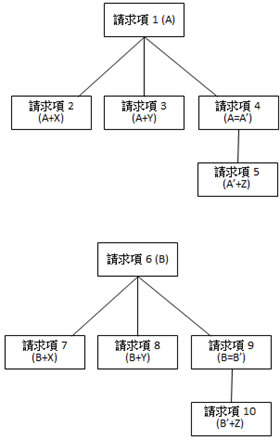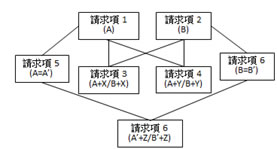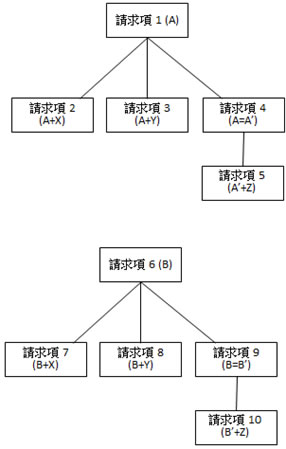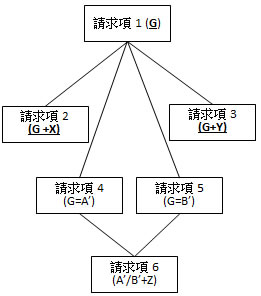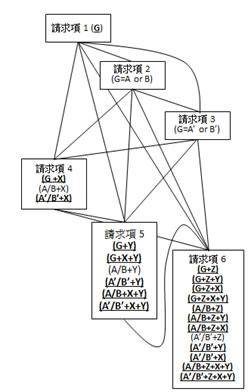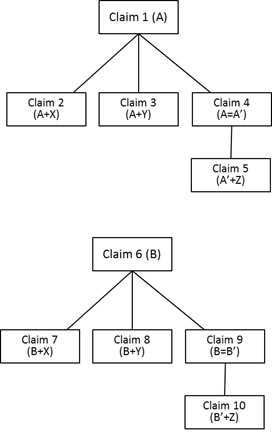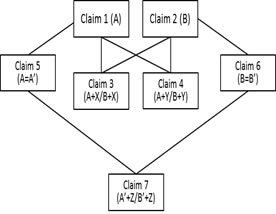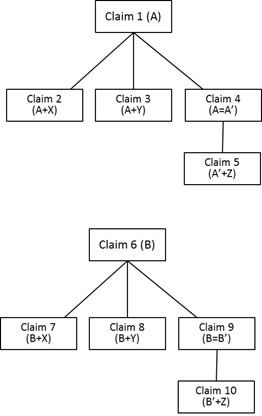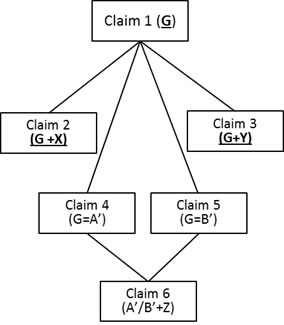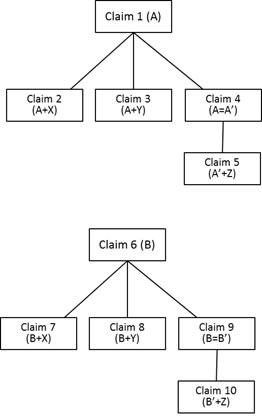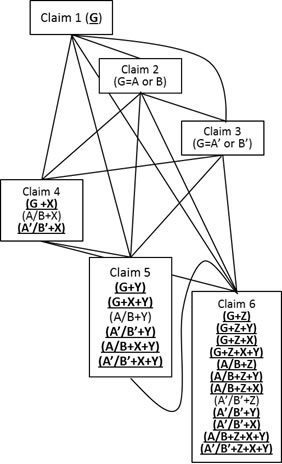產品規格取決於成本,成本高售價相對提升,因此工程團隊會因為老板的意思刻意取符合設計需求的零組件與測試條件,老板為什麼會下這樣的決策,取決這般功能,這就是讓人納悶的地方!
文中寫得很有趣,其實裡面很含蓄寫著,國外很多工程設計團隊都來攤位上了解GOGORO,這張照片理所謂的"民眾",其實都是工程師偽裝,您看出來了嗎?
Roger Chen: 因為大家都很好奇竟然會有車廠蠢到用酥脆的壓鑄鋁來做車架,過來嘖嘖稱奇一下~~
鐘傑西:有做還有改進的空間,沒做永遠只有嘴砲的空間
翁瑞泓:但改進的空間不能是建立在騎乘者的安全顧慮之上的...
鐘傑西:安全顧慮之上如果沒有進步空間哪來更安全的設計?
翁瑞泓:當然 但不能把安全顧慮放在其它的設計優先序之下來考慮 你說的是達到基本安全顧慮以後的事 所以才叫之上 但現在很明顯的這台車叫之下...
Roger Chen: 基本上改進的唯一空間就是換調壓鑄鋁這酥脆的材質~~
但是它這車架的造型只有壓鑄鋁才有可能做得出來,只要換材質就是其他零件的造型與固定孔位都要全改~~
所以唯一的改進法就是整台填海全部重新設計重新開模一切重來~~
但是錢都投下去了怎可能填海???
所以只能運用一切的公關廣告施壓手法來XX消費者,看能賣出多少台回收多少錢就盡量X,等到東窗事發被禁賣要賠錢了再XXXX就好了~~
鐘傑西: 所以他們設計師說了我們不顧安全疑慮 因為我們考量其他設計?
Roger Chen: 設計師當然是顧慮自己的生計退路優先啊~~反正到時賠償是公司賠~~
翁瑞泓:所以他們設計師只跟你談外觀及UI設計
你想問多細他就能講多細給你聽
當你談到安全顧慮時
官方的回應永遠是這一段
"Gogoro 對於品質與安全的追求從不鬆懈,感謝各位對此問題的關注與分享,我們會繼續努力。"
還是我有所疏漏
你能夠提供任何官方對於其車架結構安全性的詳細說明跟解釋?
鐘傑西:一體成形的鋁合金車架採用沖壓方式製成,為了沖壓這麼多圓弧的板件,Gogoro 車架採用多達九軸的機台沖壓,沖壓完成後以航太級結構膠,膠合組成主要的車體核心。車架採用陽極處理,不僅有平整如 MacBook 的質感,也有不會鏽蝕的特性。
實際上 Gogoro 採用的 DOW Chemical 膠也同樣被汽車廠 Jaguar 以及 Lotus 所採用,並且 Gogoro 車架經過十萬公里的耐久性測試,安全性無虞。除了膠合部分採用機械手臂完成,重點部位也用螺絲補強,在外觀上盡可能做到平滑平整。
我想做設計需要很多創新與突破的空間,當然安全性很重要,但之前也必須做了很多功課來驗證他們的猜測這是開發過程中必須要拔河的階段,官方說他們經歷了10萬公里的道路測試也許他們覺得夠了,也許他們測試的環境不是那麼的嚴苛,在我看來他們的確做出了一些改變,其他改善或是改良的東西難道不是做出來之後再慢慢微調的嗎? iphone 第一代也不是那樣的完善阿~ 或許你對安全性在行請你提供建議給他們這樣也是很好的事~~
Roger Chen: [車架採用多達九軸的機台沖壓]---->這就是問題所在~~
因為金屬的延展性有一定的極限,每多一個軸向的沖壓就會減弱一部份的強度~~
就算用延展性很好的鋼材,我們汽車廠在沖壓時也盡量避免讓軸向多於三軸,若要做更複雜的曲面件時,寧可分為兩三個零件,做好再來焊接膠合以確保材料仍有足夠強度~~
而GGR對延展性本來就很糟的鋁材竟做了多達九軸向的沖壓,這就好像一張紙板被往不同方向折了九次,鈑件根本就已經爛稀稀的了,就算用啥神膠來黏也是跟紙糊的一樣~~
所以光他們那句話就知道對沖壓件設計是完全外行,千萬別再玩命了~~
Roger Chen:GGR設計團隊天真以為只要鈑件是盡量一體成形強度就會好,卻不知若沖超過三軸向的強度會比分件還差,下場就是這樣~~
但若是都分為兩三件來沖,那模具數目就會兩三倍,成本也會再翻倍,一樣是死路一條~~
Vincent Chen:台灣的設計師沒有對製造與材質多做研究,只注重外型,是很糟糕的事。做車輛工業,安全性更是應該擺第一位才對。我對GGR設計團隊很失望。
鐘傑西:他們真得是天真地以為阿~ 不過他們也勇敢的去做了,我的重點不是九軸還是幾軸,重點在於他們去做了且驗證並發現問題~ 也沒人規定一定要幾軸來處理強度才夠,這些都是來自"經驗"
而你不做永遠都還是停留在舊有的經驗上,那當初那些篳路藍縷的前輩們沒有前者的經驗他們又是來自誰的經驗去設計新的東西呢
如果大家覺得你們有方法比他們更好,為何不嘗試去做看看呢?到時候我一定非常挺你們的~
這裡不是創意產品開發的社團嗎? 我來錯了嗎?
Roger Chen: 這些經驗在載具設計業一百五十年來已經用無數的性命去去換來了,任何過正統專業載具設計教育的合格設計師都不會犯這種錯~~
問題是台灣企業不捨得花應有的國際薪資行情(年薪30萬美金起跳)去聘任受過這正統專業教育的合格設計師,貪省薪資找沒學過的外行人來搞,下場就是賠更多~~
汽車設計跟醫學一樣都是用一兩百年無數生命的經驗建立起來的專業系統,絕不可能無師自通~~
不捨得花錢請正牌醫生,一群密醫亂搞就是醫死人,不知要醫死多少人才會找到真正病因??
設計載具不能用試的,因為用試的就是會出人命(真的發生了)~~
乍看之下,請個年薪千萬的設計師來讓一切都沒問題似乎花很多,但以每年賣5000台銷售五年來算,每台車也才攤提400元設計費~~
而台灣企業開出的薪資卻只有國際行情的一成,根本是來亂的,鬼才要來做慈善事業~~
因此在企業的眼中,消費者的性命只值40元~~
蔡一豪: 任何新技術新產品在起步的階段都會有地方有待改進 若只是因為舊的做法強度更好點 把別人的創新批得一文不值 那誰還想創新
Roger Chen: 問題是任何過正統專業載具設計教育的合格設計師都知道:[用壓鑄鋁做車體是早已失敗過而被淘汰的舊方法]~~
人類經過半個世紀的努力好不容易才找出現行的鋼管車架罩膠殼是最輕最強的結構(所有超跑與仿賽重機機是如此),現在卻有沒學過[載具失敗史]的外行人來重蹈覆轍~~
而且事實實測還真的是完全歷史重演,照樣斷骨照樣死人~~
創新不是壞事,但請先確認是真的創[新],而非復[舊]~~
任何技術會被淘汰都有其緣故,若不明就理又做得一樣,那一樣不會有不同結果的~~
衝壓式車體目前都是運用於非性能載具(例如大量製造的乘用車與輕型商用機車),因為不講究高強度又須極大量快速製造~~
所以雖然大型沖壓模具要數十億元,但其銷量能夠回本~~
但目前全球機車市場已無像以前金旺或偉士牌那種單一車款數十萬台的需求,所以沖壓車體註定無法回本~~





